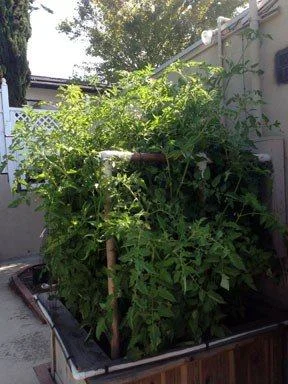Inorganic vs. Organic Nature’s Organic Garden System (NOGS) Raised Bed Benefits
NOGS Raised Bed Benefits to contrast traditional soil-based raised beds and Nature’s Organic Garden System raised beds. Take a moment and look at the differences between the two concepts.

NOGS Raised Bed Benefits |
Soil-based Raised Beds |
| New components: straw, alfalfa, compost | Use clay, sand, and organic material to make loam soil conditions. Test for nutrients and contaminants and make adjustments before planting. |
| Low physical effort. Distribution of straw, alfalfa, compost, and a unique blend of organic fertilizers. | Shoveling soil into a box while mixing components to make sure you have water retention properties. |
| High water retention | Mid to Low water retention |
| Faster growing than raised soil beds | Slightly faster growth than in-ground gardens |
| No soil amendments. All components are organic. | A mix of organic and inorganic materials Vermiculite, peat (non-renewable), manure |
| The raised bed system is ideal for good bacteria and fungi growth. | The soil has both harmful and beneficial bacteria and fungi. Unfortunately, good bacteria and fungi may take an extended period to establish. |
| Easy root growth combined with excellent water retention and an abundant supply of plant food. | Plants take longer to develop root systems in soil. Over time, they compacted soil results in minimal root growth. |
| You will need to recharge the materials due to organic materials’ decomposition. After several recharging cycles, the bed will become a rich humus growing environment. | Dirt will need amending after each growing season. The soil will eventually wear out if not replenished with organic material. |
| The decomposition process generates heat, resulting in an extended growing season over conventional raised beds. | The soil warms slightly faster than in-ground gardens. |
